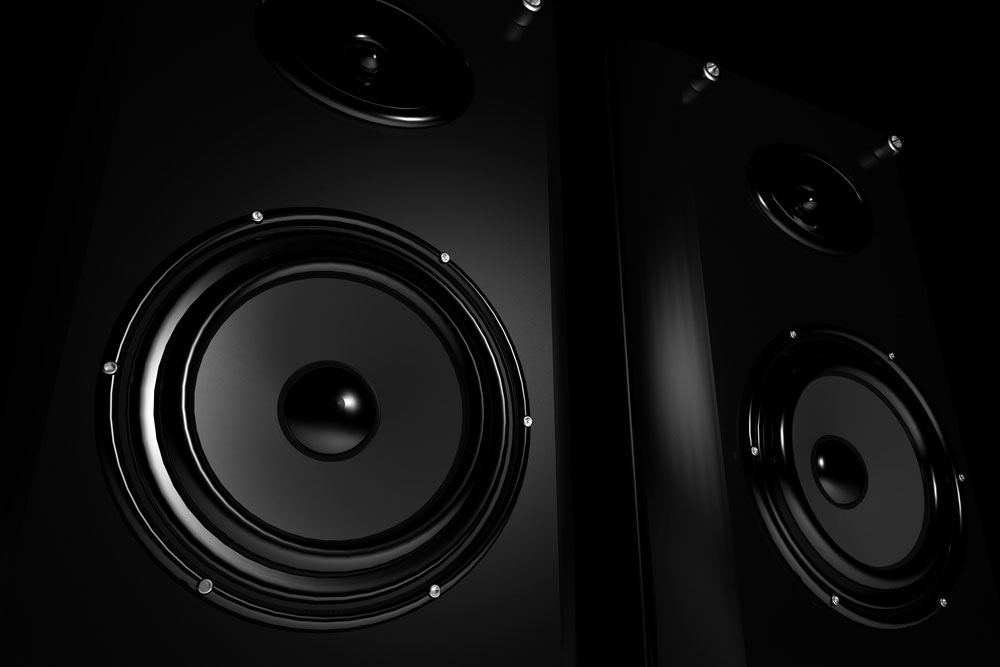For any reason, you might want to know how much power a sound system outputs. Some people prefer to determine this value based on the speaker's impedance and the applied voltage. However, an audio wattmeter provides the perfect solution for your needs! It typically consists of unique components integrated into an electronic circuit to perform accurate measurements. Not only that, but it also features other capabilities to ensure optimal performance while measuring the power output.
This article introduces you to the audio wattmeter and its capabilities. So let's take a look!
Contents
What is an Audio Power Meter?
 Close-up image of an audio power meter.
Close-up image of an audio power meter.
The audio power meter is a unique device that measures an amplifier's power output in watts. These can also provide measurements for other equipment, including speakers, guitars, etc. You will receive the most accurate power reading possible, especially for a single frequency. Additionally, an audio power meter operates in various current ranges while allowing you to evaluate power compression.
Some audio power meters may feature a PIC, multiplier input, resistive load, reactive load, and an ADC (analog to digital converter). However, the ADC component should be 14-bit, or it will provide poor accuracy readings. You will also discover various power ranges for this device. For example, it comes in 13W, 53W, 150W, and 300W.
Special Offer: Get $100 off your order!
Email [email protected] to get started!
Audio Wattmeter Circuit with LM3915
 Audio wattmeter circuit diagram with an LM3915.
Audio wattmeter circuit diagram with an LM3915.
The audio wattmeter circuit features LEDs set up in a row, which help determine the amplifier's maximum power output. The course relies on a 12-20V/50mA DC power supply to operate.
You must choose an R1 value based on the speaker's impedance. For example, a 4 Ohm load requires a 10k resistor. Then, an 8 Ohm load requires an 18k resistor. Lastly, a 17 Ohm speaker requires a 30k resistor.
However, you should note that the LM3915 will only show the signal's positive swing. In that case, a sine wave serves as the test signal for testing the amplifiers. Additionally, you can connect a 4 or 8 Ohms dummy load resistor to test the circuit without a speaker.
Why use a Power Meter?
 An Audio wattmeter measures the total watt output of a speaker.
An Audio wattmeter measures the total watt output of a speaker.
Reliable device: A power meter will ensure excellent sound quality, no matter how much power you apply to your speakers. Not only that, but it also provides the best performance without damaging the amps or speakers.
The tone stays the same: Some power meters keep the signal or amplitude tones unaltered, allowing them to pass through with no resistance. Additionally, these may feature metallic casings, preventing noise from affecting signals.
Consistent: A power meter will provide consistent and accurate power amp readings. As a result, you can utilize it to adjust specific levels and perform calibration.
Amplifier power output adjustments: You can significantly adjust an amplifier's volume by connecting it to a power meter if the voltage line drops. This will offset any power line changes for optimal power output.
Automatic power-down: Lastly, a power meter may offer automated power-down capabilities if it detects excessive power at the amplifier input. Overall, this process protects your speakers and amplifiers.
The Functionality of a Power Meter
 The amplifier connects to a power-watt meter, providing accurate measurements.
The amplifier connects to a power-watt meter, providing accurate measurements.
A power meter determines the watts level your speaker receives from an amplifier. Not only that, but it also displays how many watts (300 max. watts) the speaker outputs for each volume setting. Even then, an audio power meter features built-in safeguards, preventing damage to your speaker.
Additionally, some power meters will not disconnect or switch the speaker signal. Instead, the input level will drop, protecting the speaker. You can also test a guitar and bass amplifier with a power meter. To use a power meter, you must hook up the amplifier to the input terminals while the speaker connects to the output terminals.
Summary
Overall, an audio wattmeter provides accurate power measurements for your speaker, amplifier, etc. You might want to achieve this to enhance the sound on your speaker, which will determine if it needs any adjustments on specific settings. Also, some power meters provide protection capabilities, so you won't need to worry about it damaging your system. With that in mind, the wattmeter decreases the amplifier's input voltage level if it detects an overload.
Do you have any questions regarding an audio wattmeter? Feel free to contact us!
Special Offer: Get $100 off your order!
Email [email protected] to get started!






